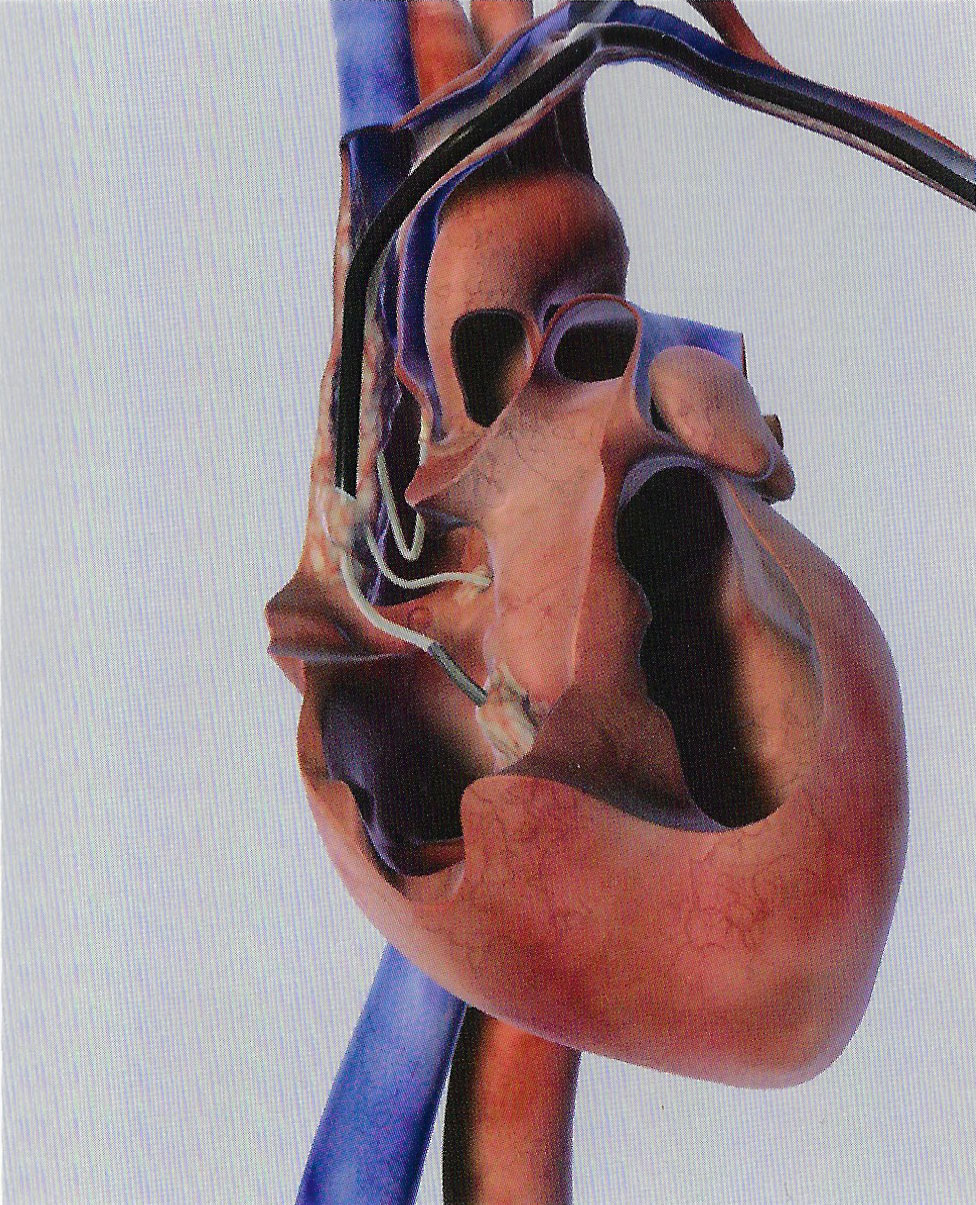Understanding the Risks
Why Consider cardiac lead removal?
Cardiac leads may need to be removed for several reasons such as:
- An infection has developed
- The lead is not functioning properly
- The lead is interfering with blood flow to the heart
- There is a manufacturer’s advisory on the lead
- The lead prevents you from getting an MRI
- Your cardiac device has been or is being upgraded or changed and may require new leads
- There is not enough room to add more leads
- You experience severe chronic pain from your device
Cardiac laser lead removal
The scar tissue around your leads can prevent your doctor from being able to safely remove them. “Cool” laser technology – the same kind that’s used in LASIK eye surgery – gently vaporizes scar tissue so that your doctor can safely extract your leads.
Laser lead extraction has been proven safe in multiple clinical trials, including Pacemaker Lead Extraction with Laser Sheath (PLEXES), and a retrospective study: Lead Extraction in Contemporary Settings (LExICon).
This method has been proven safe and effective:
- There is a 97.7% clinical success rate
- Only 1.4% of patients experience a major adverse event (MAE)
The risks of leaving cardiac leads in place
Higher risk of developing an infection
- A device infection is life-threatening, and is likely to require an extraction to clear the infection
- Infection can lead to erosion in your pocket as well as endocarditis, which is an infection in your heart
- You are also at higher risk to develop infected clumps, called vegetations, which can break off and travel to other parts of your body possibly causing new infections or blocking blood flow
Harder and riskier future extraction
- The procedure may be more difficult and have worse outcomes if postponed
MRI denial
- You are contraindicated for an MRI with capped and abandoned leads in place, even if you have a MRI-compatible device, however, there is a 75% chance you will need an MRI in your lifetime
Other risks
- The vein that leads to your heart could become blocked, possibly resulting in what’s called SVC syndrome
- Risk of increased tricuspid regurgitation, a disorder where your heart valve does not close tightly enough and blood flows backward in your heart, possibly leading to atrial fibrillation or right-sided heart failure
- Leads can interact with each other, interfering with how well your cardiac device works and resulting in unwanted conduction of electricity

The laser gently vaporizes scar tissue into particles smaller than a red blood cell.
What happens during the procedure?
Your doctor inserts the lead into the center of a flexible laser sheath, and then slowly advances the sheath over the lead, gently freeing the lead by vaporizing scar tissue into particles smaller than a red blood cell. These particles are carried away by your bloodstream. Your doctor will repeat this process until all unused leads can be safely removed.

No Better Time
There’s no easier time to remove a lead than today. Capping and abandoning leads poses significant risks that can be mitigated proactively with safe lead removal. Laser lead removal has a 99.72% procedural survival rate. Talk to your doctor about cardiac lead removal; learn more using the resources below.
Learn more about the risks of leaving a capped lead in place: www.deviceinfection.com

